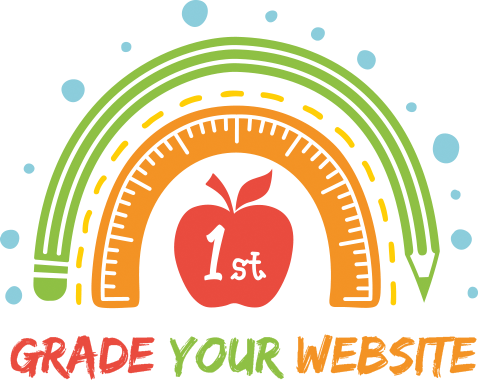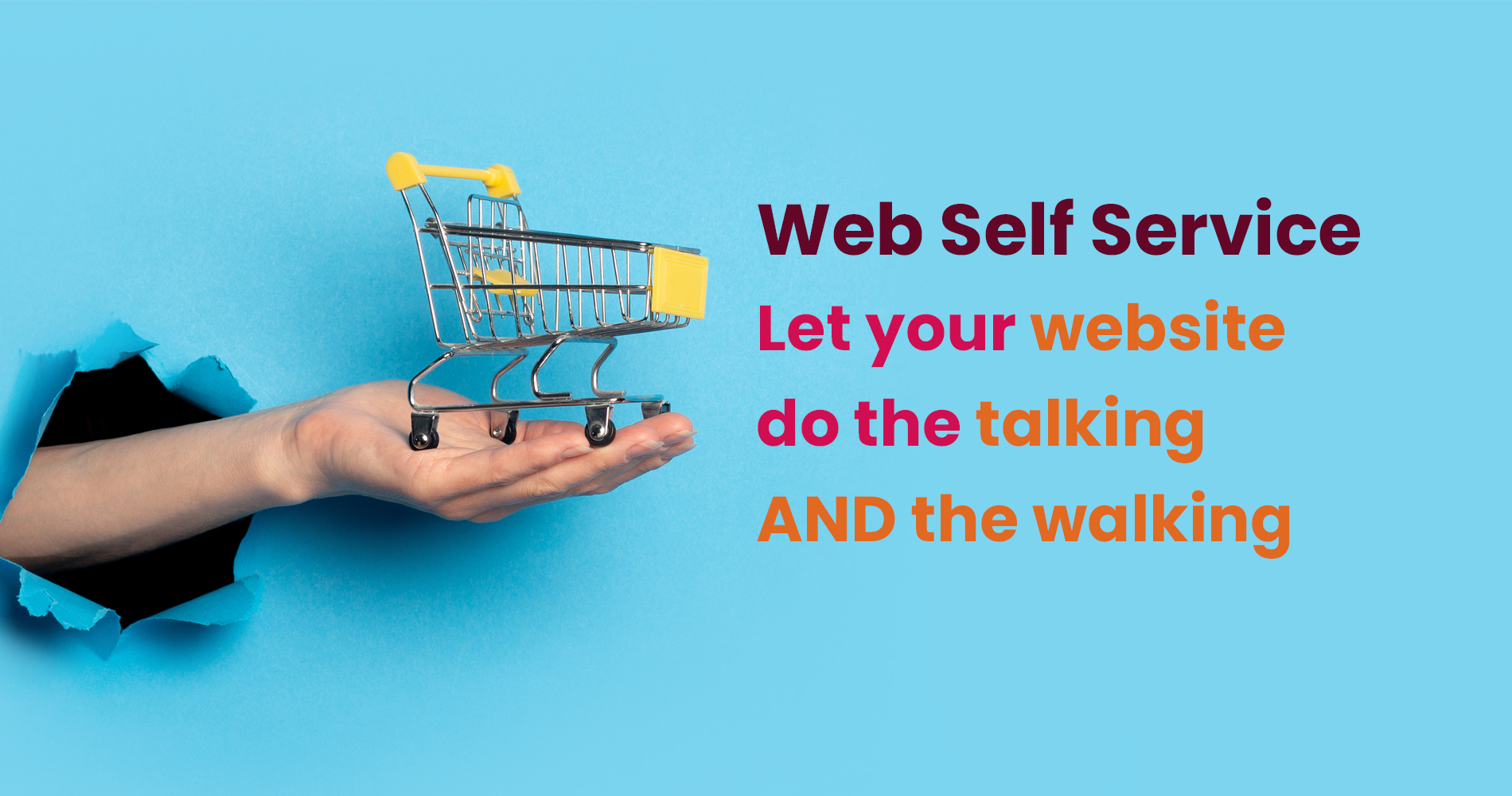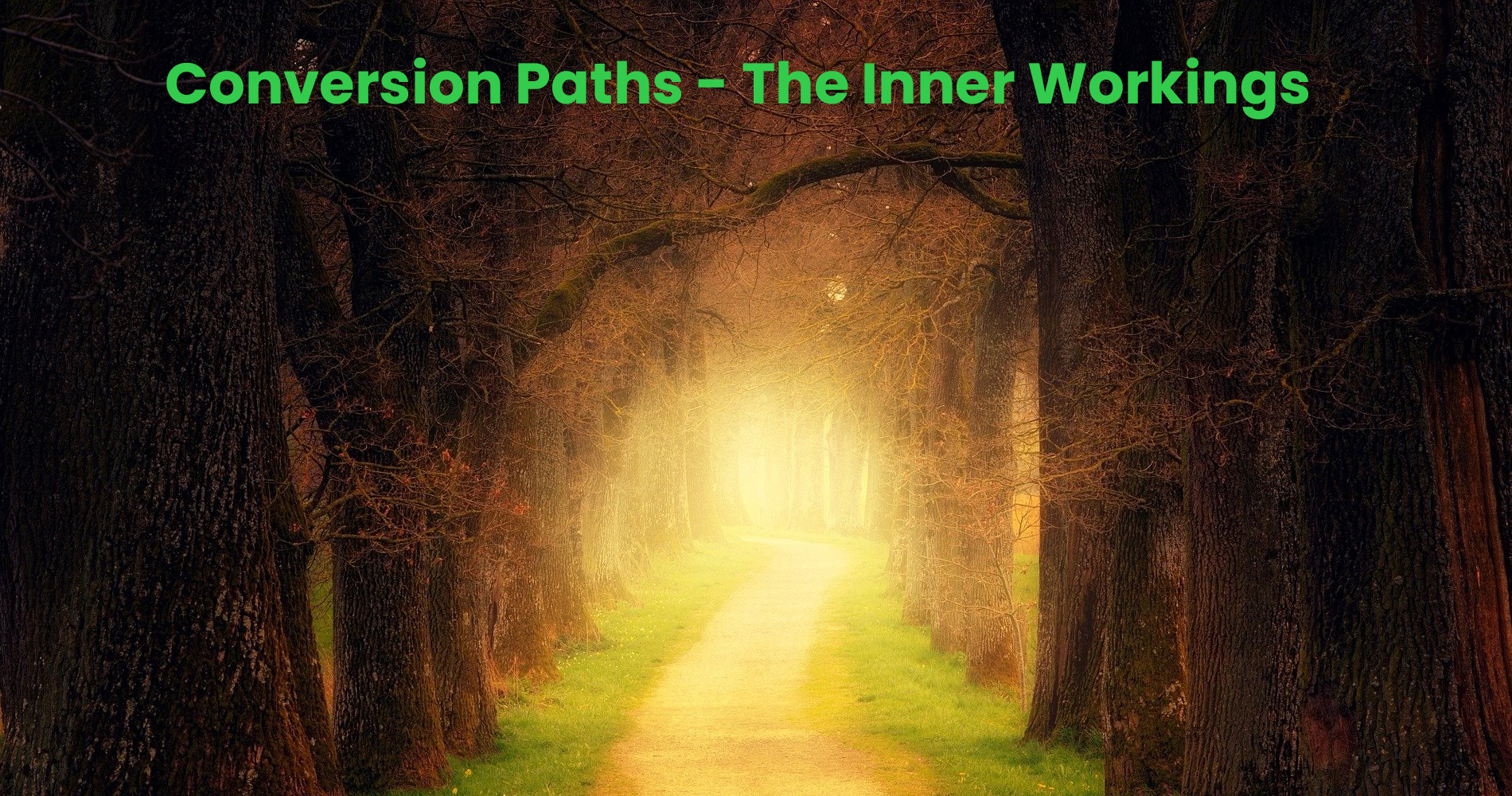Selling your product or service to prospects is a challenging process that requires many marketing tools to effectively communicate with the right types of customers. A B2B website can be an invaluable component of your overall marketing strategy. Marketers who use their B2B websites for pipeline and qualified lead generation need to ensure that the choices they make when it comes to hosting web pages, designing them, as well as using content and social media integration can help build interest in sales opportunities.
To qualify leads or build pipelines, your B2B website must have these two critical features:
- An efficient platform
- Engaging user experiences that drive action
Platform Performance
If the platform that you built your website on doesn't provide your visitors with a consistently fast, available, and reliable experience, then it will be hard for them to convert. Another reason why having a reliable platform is important is because of your competition. If they have a more stable and versatile platform that generates leads, then they will get all the traffic leaving almost none for you.
Website platform performance has many aspects. For B2B, these are the three most important considerations:
- Accessibility & Reliability
- Response Time
- Security
Just like in the real world, if you try to hold a sale for your product but no one can get access to it because the doors are locked or there is an electrical issue, you're going to lose a lot of potential clients and revenue. Consumers are accustomed to being able to see exactly what products and services sellers have available at any given time online. And even though technology has evolved quite a bit in terms of how we access websites and apps, consumers still expect immediate results when trying to find information about products or services that are offered for sale online.
You should make sure that your website's platform (a combination of hardware and software) provides a reliable experience for all your users, no matter where they are. Redundant servers are paramount. You can manage your workload more efficiently and protect yourself from logical and physical threats.
Any business with a website should make sure its platform of both hardware and software provides a favorable experience for its users, no matter where they are. Redundant servers are important. You can manage your daily workload more efficiently and protect yourself from logical or physical threats.
2. Response Time
Having a fast website is crucial to creating new opportunities and generating leads. As Google's highest priority, users continue seeking out companies with quick loading sites, which today make up the majority of everyday consumers' browsing habits. This means that your site must be as free of obstructions as possible, so, when possible, you should use images over videos to increase load speeds and present ideas quickly. Keeping tabs on data transfer and analytics will help you decide what is truly worth the interminable wait based on the user’s interests and will help you develop future content more aimed at your target demographic!
The best way to make your website as fast and responsive as possible is to take several steps. These include:
- Coding minification
- Image optimisation
- Use a content delivery network
- Enabling SSL
Ensuring your website stays secure and safe to use is about much more than avoiding business risks from hackers or data breaches. If you're not taking steps to secure and maintain your site, potential customers are less likely to trust you with their money. By showing potential visitors that you keep a watchful eye on securing your online presence, you send positive signals that instill trust in them. Trust naturally helps attract and convert potential customers; this is how web security works!
User Experience
When people come to your site, you don't want them to simply walk in and out; you want to convert some of that traffic into qualified lead opportunities. That means designing an experience where people can easily find the information they need and that is also simple enough for them to act upon a particular interest.
There are a few key factors to consider when designing a B2B website, including:
- Aesthetics and feel
- Placement and content
- Accessibility
- SEO and content
- Sales conversions
Today a website's appearance can make or break perceptions about a company. 75% of people base their opinion of whether or not your site is appealing solely on its appearance, according to recent research. This matters but don't forget you also want to make sure that the site works well too. According to recent data, mobile devices accounted for 54% of all traffic. So, if your site only looks good on desktop then you are missing an opportunity!
Placement And Content
As a marketer, one of your biggest roles is to help drive traffic to your website by appealing to your target audience’s needs and wants. To do this, they need to be able to quickly understand the value you provide when they visit your site. If you don’t pay enough attention to helping them out and providing an intuitive user experience, they might not become leads - and if you want customers in the future, you have to make sure everyone who lands on your site can instantly tell what you do. So carefully consider every single word as anything longer than seven words on any of the top ten landing pages will turn visitors off that could otherwise be potential customers down the line.
Accessibility
UX design heavily depends on the way your B2B website is structured, particularly how its navigation is laid out. Perhaps you'd like to create huge mega navigation that includes all of your website's pages? Unfortunately, this isn't helpful! Researchers have found that web users experience choice (or decision) paralysis when overwhelmed with so many options. Ideally, you should try to lead your visitors to the most important and relevant content by making a few thoughtful choices on their behalf. You should always keep in mind that the longer it takes someone to figure out how to navigate your site, the less likely they are to become customers.
Content & SEO
You won't be able to convert visitors into leads if your website is hard to find. Your discoverability can only be improved with relevant, SEO-optimised content.
Producing content that aligns with the buyer's journey is essential. In the awareness stage, for example, blogs are appropriate, product information and comparison pieces for the consideration stage, and case studies can provide proof of the value of your products and services during the decision stage.
By communicating your offering consistently and accurately, you help prospects quickly decide if you have the right solution for their problem.
Conversion Points
Most people visiting your website won’t buy anything on the first visit. For example, eCommerce conversion rates are generally between 2% and 10%. It is important to accomplish as much relevant web design for this situation to come up with a better conversion rate for every individual visitor coming to your site. In other words, it could be useful to think about how potential customers might see your site before you make all sorts of adjustments from an analytics point of view. This helps you create a website that is optimal for driving traffic and ultimately resulting in better sales!
Conclusion
B2B websites are discussed primarily based on their specific features. Those who assert that blogs and contact forms are your top priority as opposed to those who emphasise the importance of building your Brand. Neither statement is wrong. They’re probably right. Both a strong online presence and a strong online brand can work hand-in-hand to help you achieve success with your business ventures in ways that neither could alone. Therefore, any serious entrepreneur with a B2B website needs to take both Internet marketing search engine optimisation (SEO) and branding seriously because, without them, there is no hope of turning your company into a successful brand recognised around the world for its excellence in quality customer service or their cutting-edge products.






